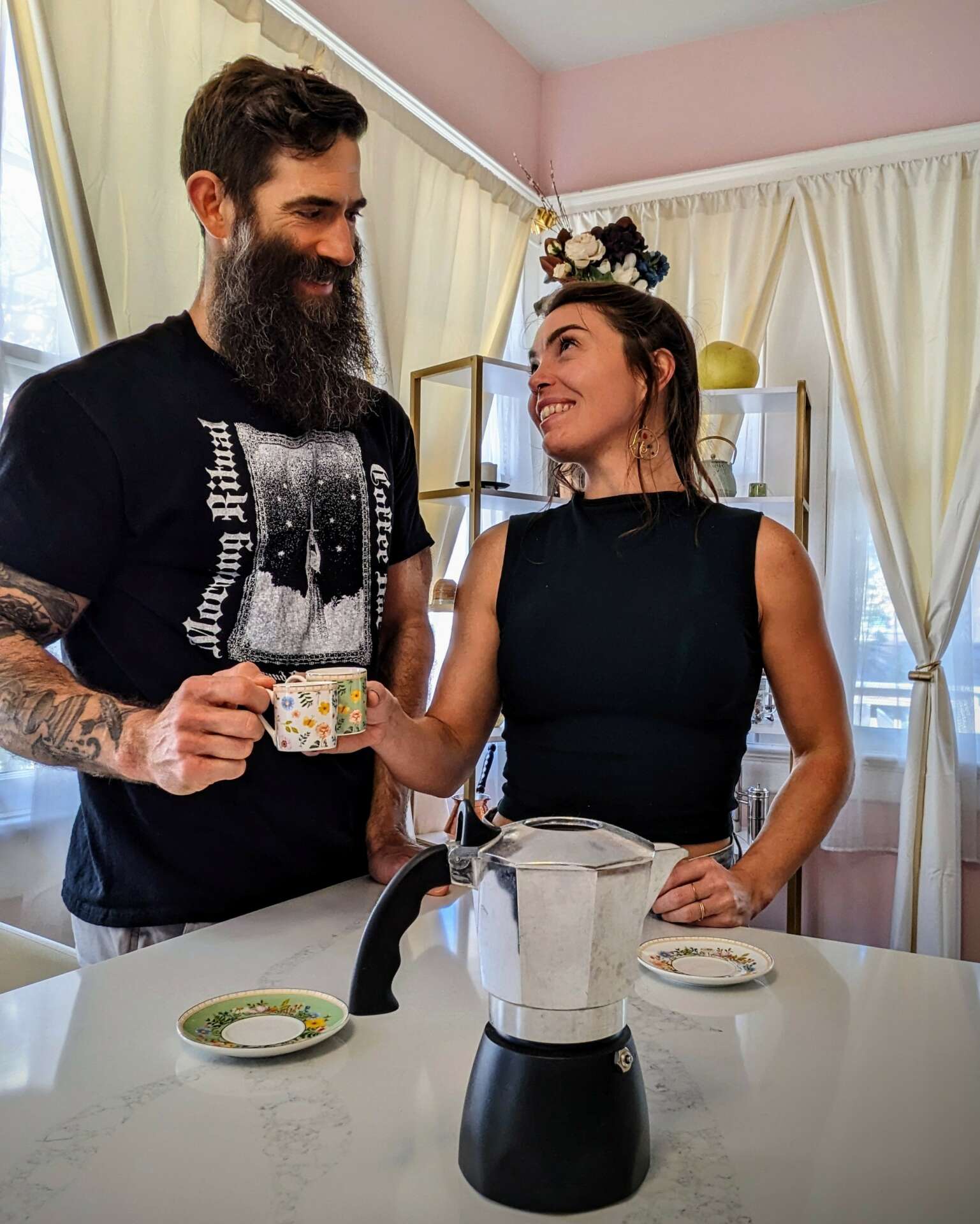Alright – so today we’ve got the honor of introducing you to Ryan Robert. We think you’ll enjoy our conversation, we’ve shared it below.
Ryan, thanks for taking the time to share your stories with us today How did you learn to do what you do? Knowing what you know now, what could you have done to speed up your learning process? What skills do you think were most essential? What obstacles stood in the way of learning more?
The fascination with coffee and tea began from living abroad as well as traveling to foreign countries. As Americans, we have firmly established our coffee and tea rituals, whatever they may be – sweet tea in the South, a drip pot of coffee at home, pumpkin spice lattes having their own season on the calendar. Globally, coffee and tea rituals exist and not much thought is given to how different these are from the American lens.
Our fascination turned into a passion for not only exploring coffee and tea history and customs, it became our desire to share these traditions with others in hopes of creating a dialog about culture, origin, and ritual. This is where exposure became vitally important. First-hand was best – travel, immerse yourself, drink as much coffee and tea as possible. Meet others and rely and their experiences. Learn as much as you can from them. Form bonds and build communities. These have been the most essential parts to gaining valuable exposure that can be shared.
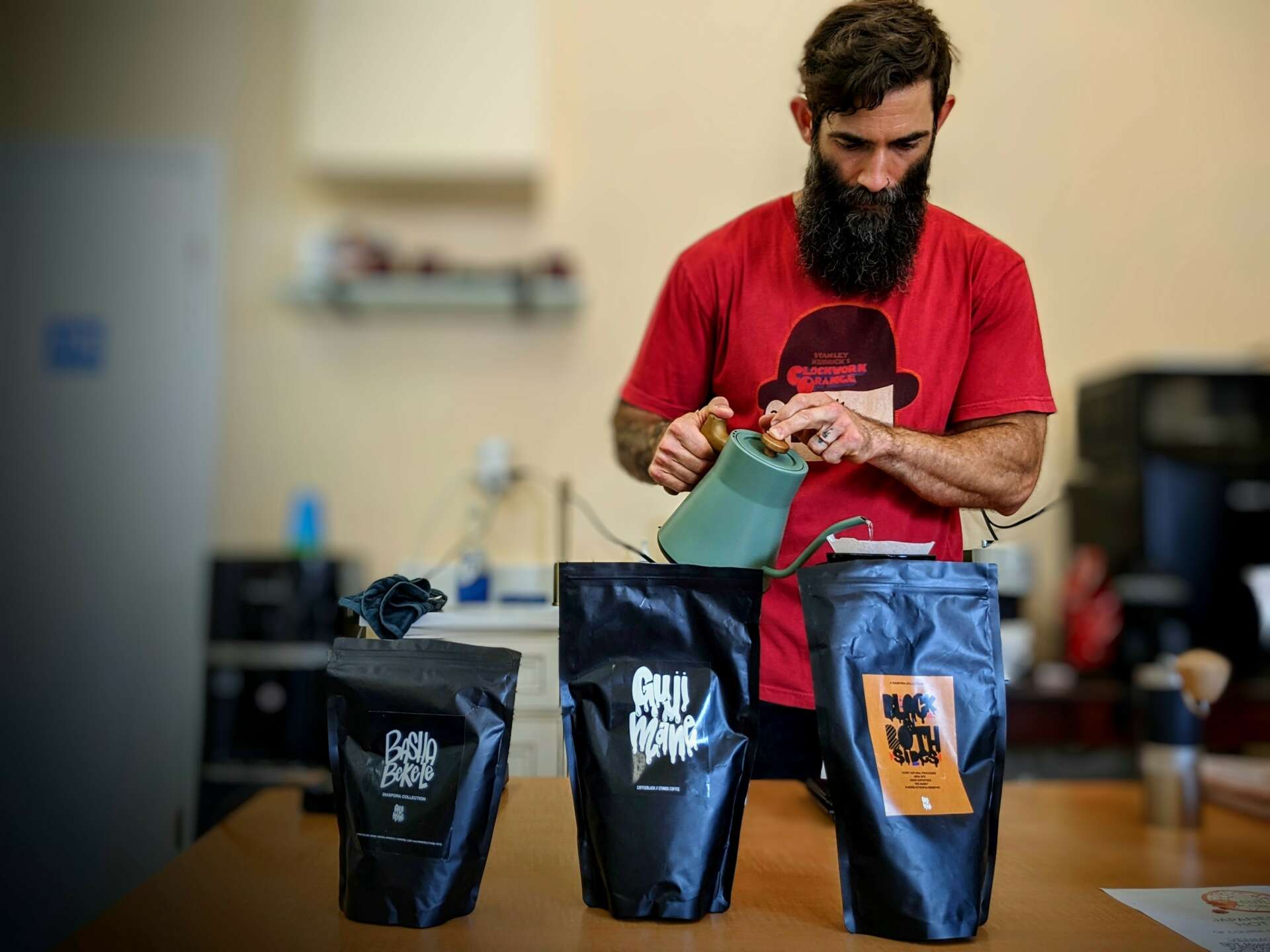
Ryan, before we move on to more of these sorts of questions, can you take some time to bring our readers up to speed on you and what you do?
While exploring South Carolina, we did as we always do – specifically sought out cafes to try. One in particular is solely responsible for the moment of conception of Culture Cup Coffee & Tea. There was a map of the world on the wall behind the baristas and I immediately felt that it was such a missed opportunity to not have the map be their menu. Use two colored pins or flags – brown for a coffee bean, green for a tea leaf. Stick a brown pin in France for a French Press, Turkey for coffee brewed in a Cezve, Vietnam for use of a Phin. A green pin in Japan would provide the customer with a matcha, in India for a Masala Chai, and England for a Breakfast tea and a crumpet. Their failing was our success and thus, the idea of serving coffee and tea through a global lens with an emphasis on culture and tradition was born.
Running off of the high of what seemed to be a fairly decent idea, the show began. We worked to meet and establish relationships with people in the coffee and tea industry in numerous countries, but this was more difficult than we anticipated. Being a tiny husband and wife team of two, it was quite the uphill battle to appeal to any sizeable coffee roaster, tea harvester, kettle maker, or café. However success slowly came in the form of working with smaller passionate people not unlike ourselves. We formed a relationship with a coppersmith in Turkey who handmakes Cezves. We partnered with a coffee roaster in Memphis, TN working to create equitable opportunities for Black-owned coffee farms in Ethiopia as well as partaking in a Black-owned supply chain for exporting and importing. We befriended local New Orleanians in the local coffee scene to keep our finger on the pulse of our community. This was the beginning of positive momentum after being ignored by larger coffee roasters, cafés, and restaurants.
The breakthrough moment solidifying our coffee and tea pop-up came from the closing of our local brick-and-mortar café. The mourning community took to social media to collectively grieve and in the comment section of any post, we made sure to invite people to follow our journey of establishing our identity. One random reply changed everything for us. Kirsten and Steve, owners of Nomad Coworking Space in New Orleans, commented that we should caffeinate our grieving community from their spot. Their invitation to host a coffee and tea pop-up equally excited and terrified us, but it made all the sense in the world. An opportunity too good to let pass. Until that point, we shared our knowledge of culture and history through our social media avenues. At that pivotal moment, we were able to do what humans have been doing for centuries – gather over food and drink, share stories, build relationships.
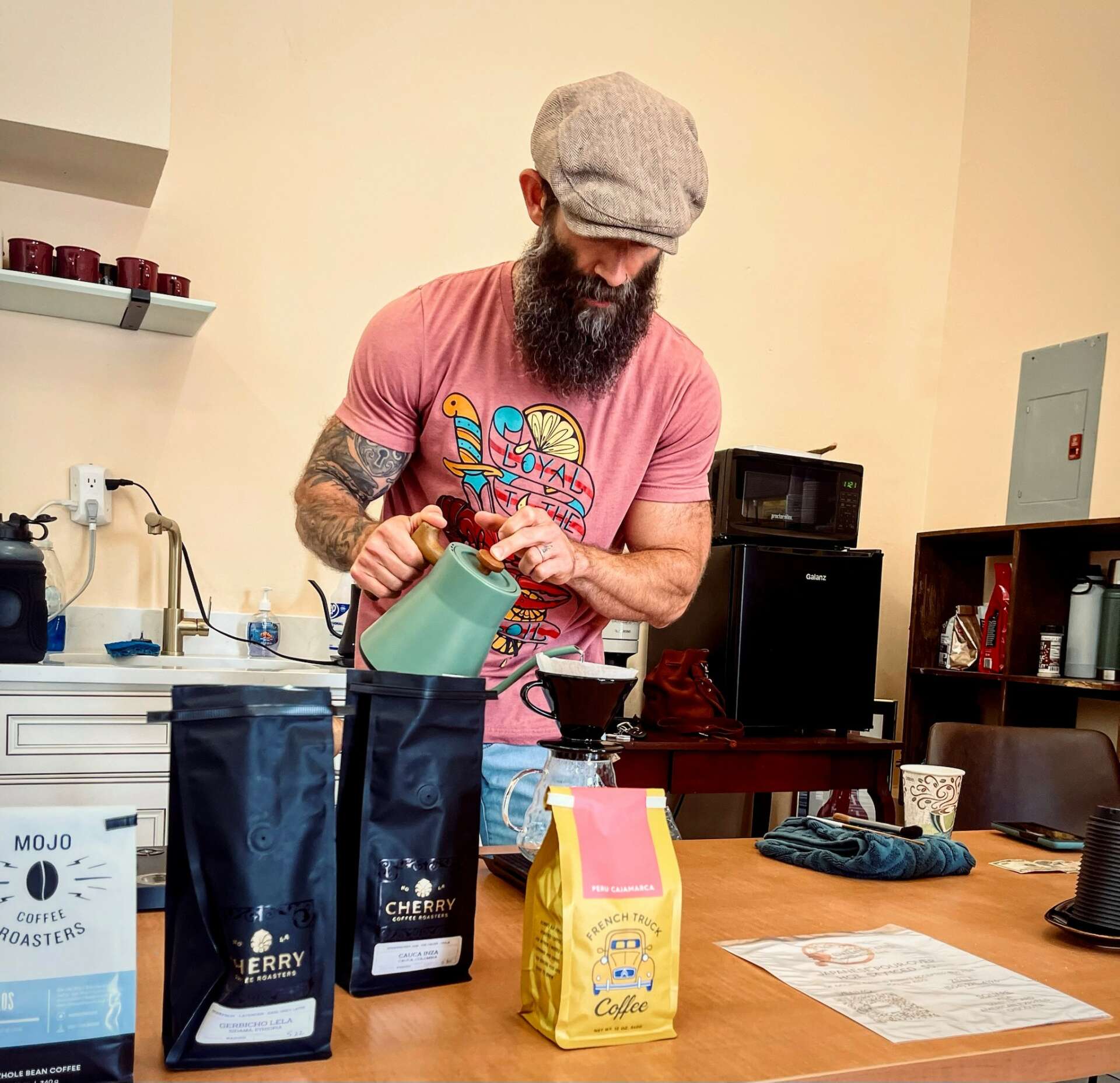
Do you think there is something that non-creatives might struggle to understand about your journey as a creative? Maybe you can shed some light?
The context of creatives and non-creatives may parallel what we’ve seen as entrepreneurs and consumers. As a creative, entrepreneur, artist, writer, musician, philosopher…you are going to encounter those who don’t quite understand your process and/or product. And that’s completely natural and acceptable. We see it as a test to stay true to who we are and what our mission is. We are not your typical coffee or tea experience. We do not serve coffee on a hot plate or tea from a pre-packaged sachet. There are no pumpkin spice lattes or boba teas. Each cup that we serve is crafted and brewed by hand, specific to each customer. Sure, it may take a few minutes longer. And yes, we’ve had customers walk out of line rather than waiting. But we remain true to culturally-accurate methods of brewing even if a few people don’t understand our passion.
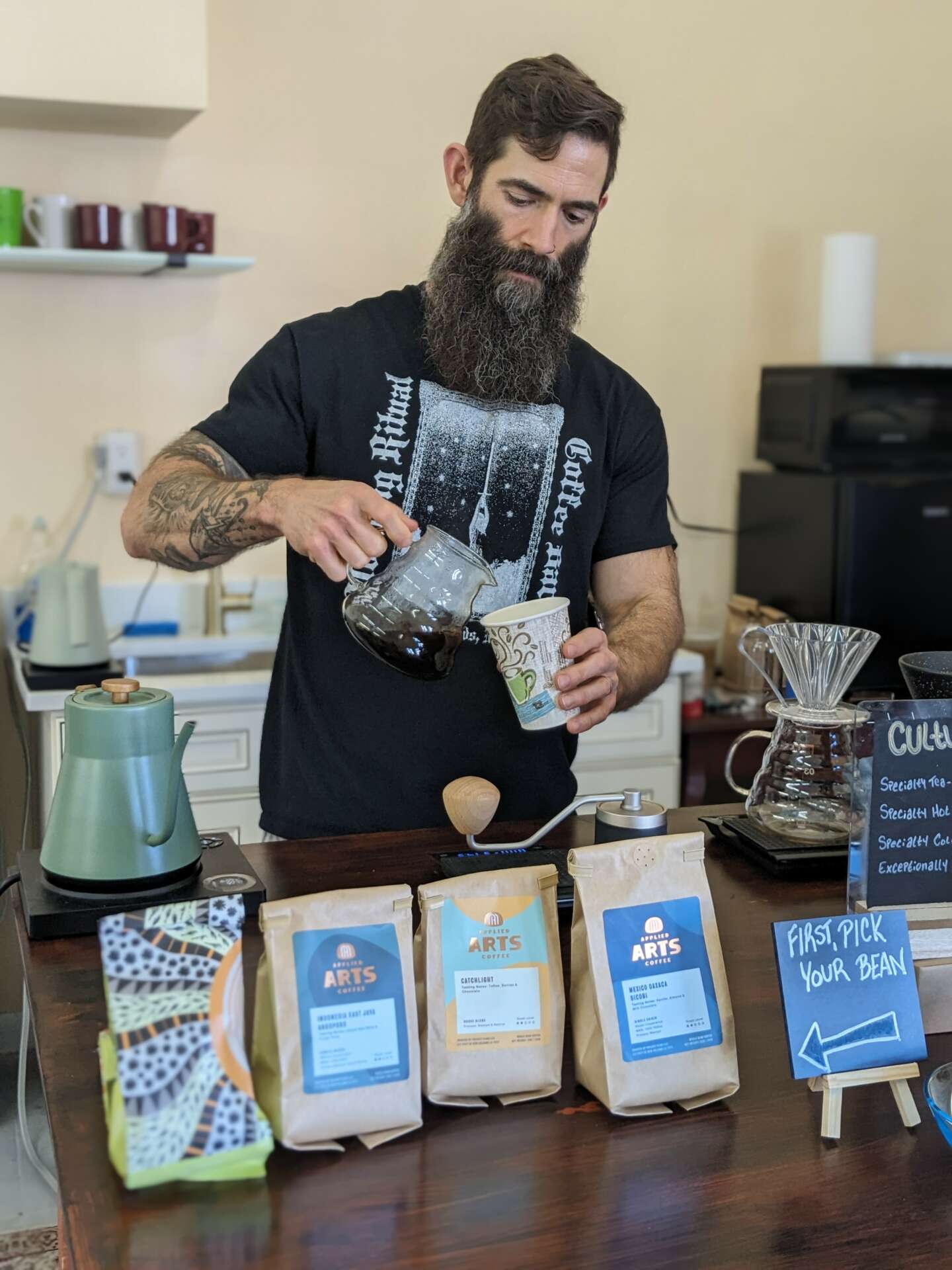
In your view, what can society to do to best support artists, creatives and a thriving creative ecosystem?
Communal buy-in is absolutely imperative for creatives to thrive in a space. Local support builds excitement amongst the community, and it breeds confidence in each artist, musician, creative, writer, performer. When we are concerned with saving every dollar, getting things as cheap as possible, and allowing Capitalism to direct how we interact with creatives, no one thrives. When we support independents, small markets, and local creatives, success is easily found.
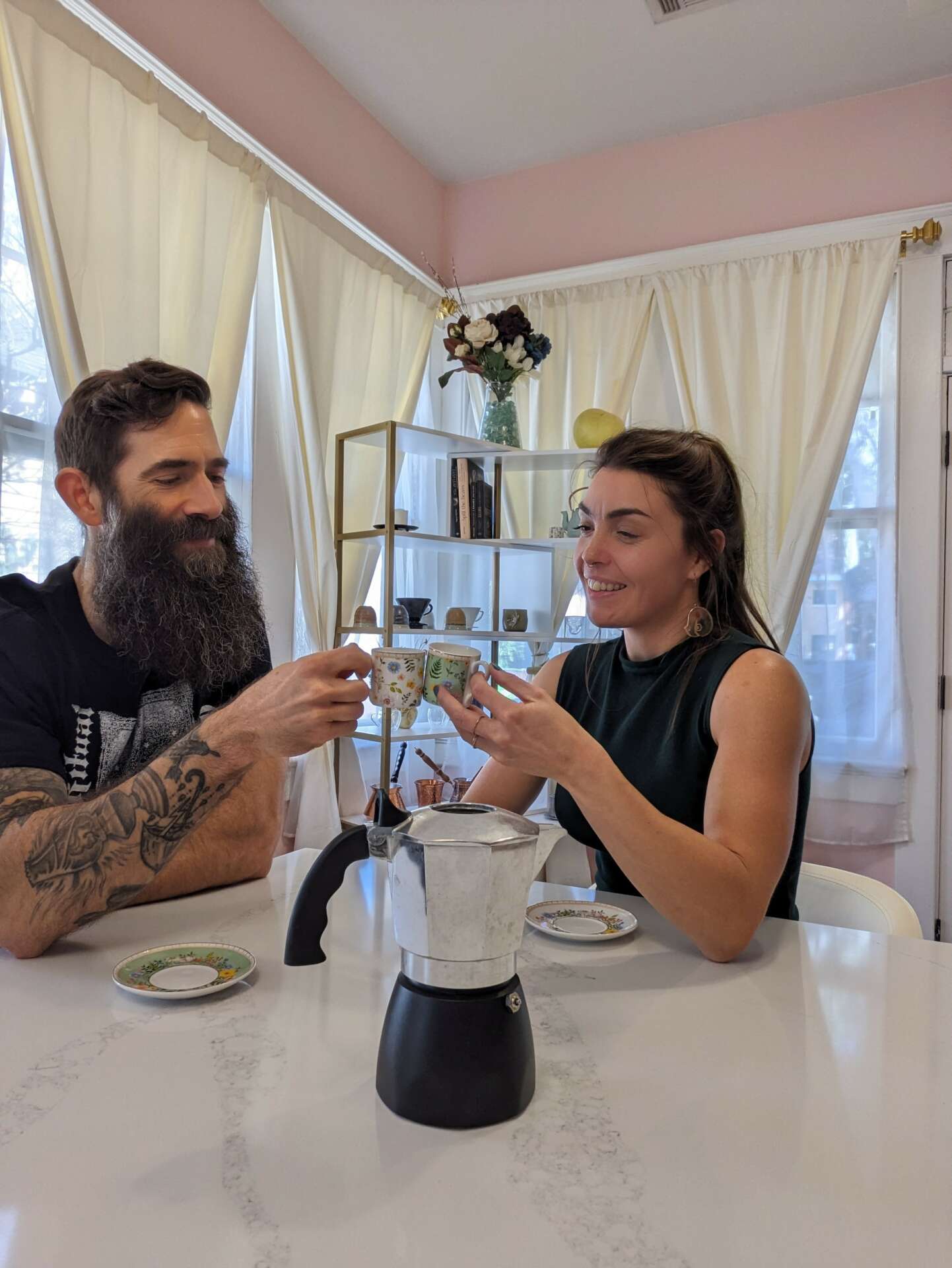
Contact Info:
- Instagram: https://www.instagram.com/culturecupnola/?hl=en
- Facebook: https://www.facebook.com/profile.php?id=61550123847196


